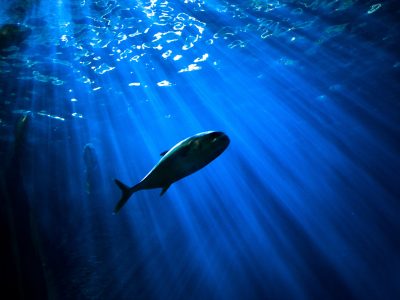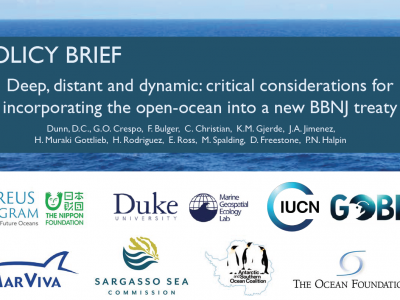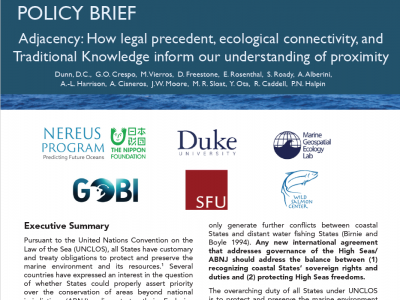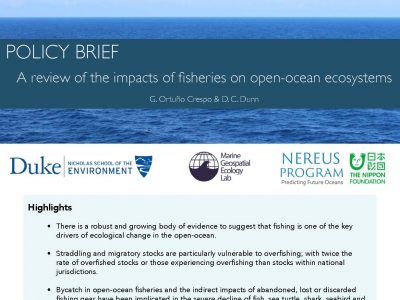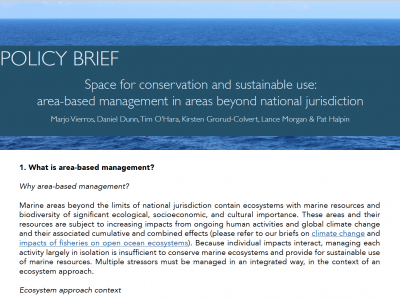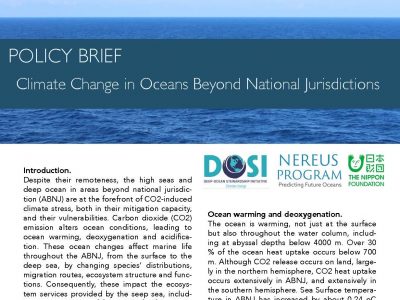Step forward in protecting the high seas, despite competing interests
The high seas — also called international waters — comprise 64% of the world’s oceans and 45% of the earth’s surface. They are shared by the world but governed by no one country. That means that the incredible biodiversity of the high seas, from seaweeds to fish to sharks, is not currently protected.



